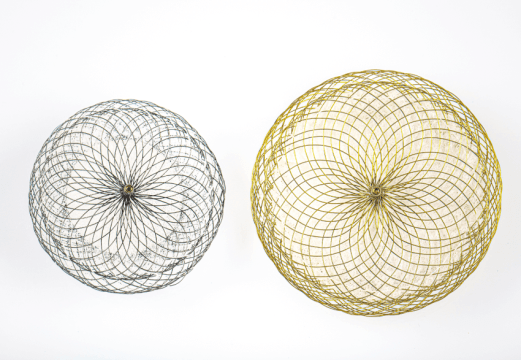Percutaneous treatment of coronary lesions affecting bifurcations has increased in recent decades. Coronary angioplasty (percutaneous coronary intervention, PCI) in these cases is associated with an increased rate of adverse events in patients with multivessel disease and left main coronary artery lesions.

The SYNTAX score, which is a predictor of total mortality, is used to evaluate which treatment is the most beneficial for these patients. There is still insufficient information on the very long-term results of treatment with PCI or myocardial revascularization surgery (MRS).
Moreover, there is scarce information on how a bifurcation lesion conditions decision making.
The aim of this (randomized, multicenter) SYNTAX substudy was to research the impact of lesions with bifurcation involvement on total mortality at 10 years in patients with multivessel disease (3VD) or left main coronary artery disease (LMCAD) who underwent MRS or PCI. The primary endpoint (PEP) was all-cause mortality at 10 years.
Of the 1800 patients included in the SYNTAX study, 1787 were included in this analysis. Patients were divided into four groups: 1) lesion ≥1 bifurcation and PCI treatment; 2) non-bifurcation lesion and PCI treatment; 3) lesion ≥1 bifurcation and CRM treatment, or 4) non-bifurcation lesion and CRM treatment.
Read also: TRAPEUR Registry: Thrombus Trapping with Left Atrial Appendage Closure Device.
Mean patient age was 65 years old, and most subjects were male. Ventricular function was >55% in all patients. The most frequent clinical presentation was stable angina. The most common type of coronary artery disease found was involvement of all three vessels (without involvement of the left main coronary artery).
The presence of a bifurcation lesion was associated with higher rates of death, stroke, or acute myocardial infarction at 5 years in patients who underwent PCI or MRS. In the PCI arm, the risk of repeat revascularization at 5 years was significantly higher in those with bifurcation lesions, whereas there were no significant differences among patients in the MRS arm.
At 10 years, the presence of ≥1 bifurcation lesion was an independent predictor of all-cause mortality in patients with PCI; however, mortality after CRM was similar in both groups (with and without bifurcation).
Read also: Safety of Acetylcholine in the Cath Lab.
The technique used to perform PCI had an impact on long-term follow-up: the 2-stent technique was an independent predictor of mortality at 10 years, whereas there was no significant difference between the 1-stent vs. 2-stent technique at 5 years.
Conclusion
Bifurcation lesions require special attention from the Heart Team, considering the higher all-cause mortality in patients with PCI, especially in those with 3VD. A meticulous assessment of the complexity of bifurcations is needed, and the SYNTAX 2020 score should be used to individualize the 10-year prognosis and help with decision making.

Dr. Andrés Rodríguez.
Member of the Editorial Board of SOLACI.org.
Original Title: Predicted and Observed Mortality at 10-Years in Patients With Bifurcation Lesions in the SYNTAX Trial.
Reference: Kai Ninomiya, MD et al J Am Coll Cardiol Intv 2022.
Subscribe to our weekly newsletter
Get the latest scientific articles on interventional cardiology





